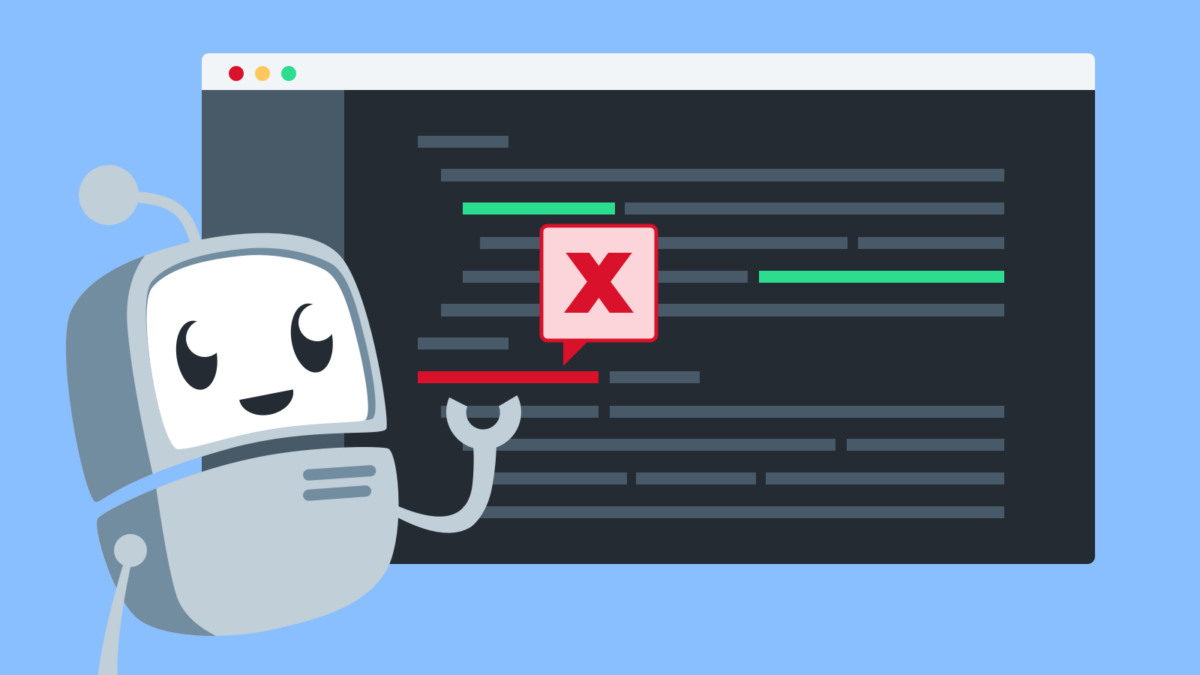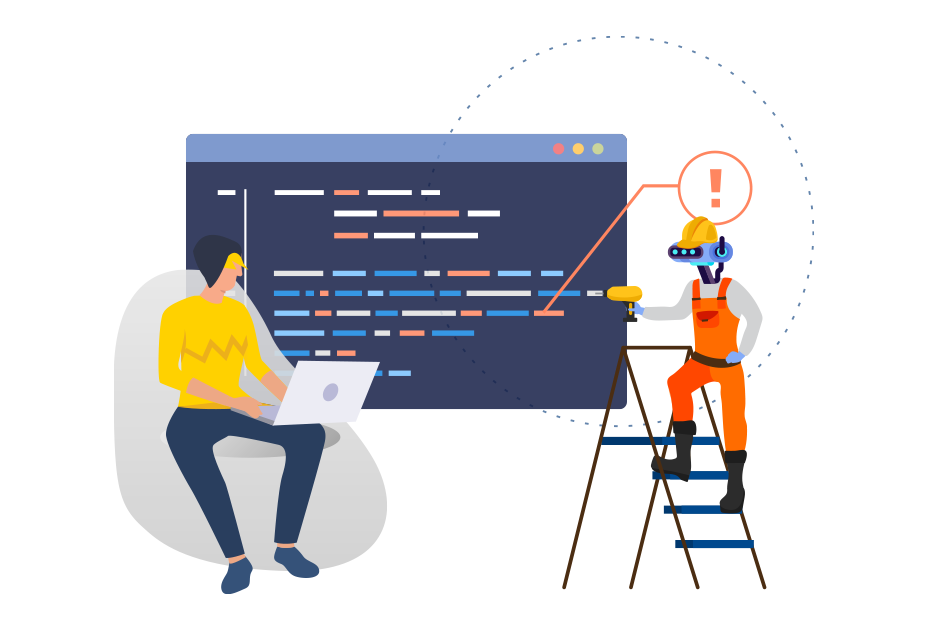Linting tools represent one of the most valuable yet underutilized assets in modern software development. These automated code analyzers serve as your first line of defense against bugs, security vulnerabilities, and inconsistent coding practices that can plague development projects. Originally derived from a Unix utility for C programming created by Stephen C. Johnson in 1978, the term “lint” metaphorically refers to catching excess “fibers” in code, much like a dryer’s lint trap captures unwanted debris while preserving the main fabric.
In today’s fast-paced development environment, where teams collaborate across different time zones and coding standards vary widely, linting tools have evolved far beyond their humble origins. They now encompass sophisticated static code analysis capabilities that examine source code for programmatic errors, stylistic inconsistencies, security vulnerabilities, and adherence to best practices. Modern linters don’t just identify problems—they often provide automated fixes, educational feedback, and integration with development workflows that make them indispensable for maintaining code quality at scale.
The importance of linting extends beyond mere error detection. These tools fundamentally transform how development teams approach code quality, shifting from reactive debugging to proactive prevention. By catching issues early in the development cycle, linting tools reduce the time and resources spent on manual code reviews, debugging sessions, and post-deployment fixes. For interpreted languages like Python and JavaScript, which lack compile-time error checking, linters become even more critical in identifying potential runtime issues before code execution.
Understanding Linting Tools and Their Core Functions
Linting tools function as basic static code analyzers that examine source code without executing it, identifying potential issues through pattern recognition and rule-based analysis. These tools systematically scan codebases to detect various categories of problems, from simple syntax errors to complex security vulnerabilities.
Primary Functions of Linting Tools:
Modern linters examine code for syntax errors, unused variables, unreachable code segments, and non-adherence to coding standards and conventions. They also identify formatting discrepancies, potential logical errors, and dangerous language features that could lead to security vulnerabilities. Advanced linting tools can detect deprecated functions, unresolved merge conflicts, and violations of industry-specific coding standards like OWASP Top 10 security guidelines.

Popular Linting Tools by Language:
Different programming languages have specialized linting tools optimized for their unique characteristics. JavaScript developers commonly use ESLint, JSLint, JSHint, and StandardJS, while Python developers rely on Pylint and flake8. CSS developers benefit from CSSLint, and React developers often use ESLint configured for JSX syntax. These tools can be integrated with development environments, version control systems, and continuous integration pipelines for seamless workflow integration.
Key Benefits of Implementing Linting Tools
Early Bug Detection and Prevention
Linting tools excel at identifying potential issues before they become serious problems, significantly reducing debugging time and preventing costly production errors. By catching bugs during the development phase rather than during testing or after deployment, teams can maintain faster development cycles and higher code reliability.
Code Consistency and Maintainability
One of linting’s most valuable contributions is enforcing consistent coding styles across development teams. When multiple developers work on the same codebase, linters ensure uniform formatting, naming conventions, and structural patterns that make code more readable and maintainable. This consistency becomes particularly important in large teams where code review efficiency directly impacts development velocity.
Enhanced Security and Compliance
Modern linting tools can be configured to enforce specific security standards and regulatory requirements relevant to different industries. By automatically detecting security vulnerabilities like SQL injection risks, cross-site scripting opportunities, and insecure authentication patterns, linters help teams maintain robust security postures without requiring specialized security expertise from every developer.
Developer Education and Best Practices
Linting tools serve as continuous learning platforms for developers, especially those new to specific languages or frameworks. By providing explanatory feedback about coding issues and suggesting improvements, linters help developers understand language nuances and adopt best practices organically through their daily workflow.



